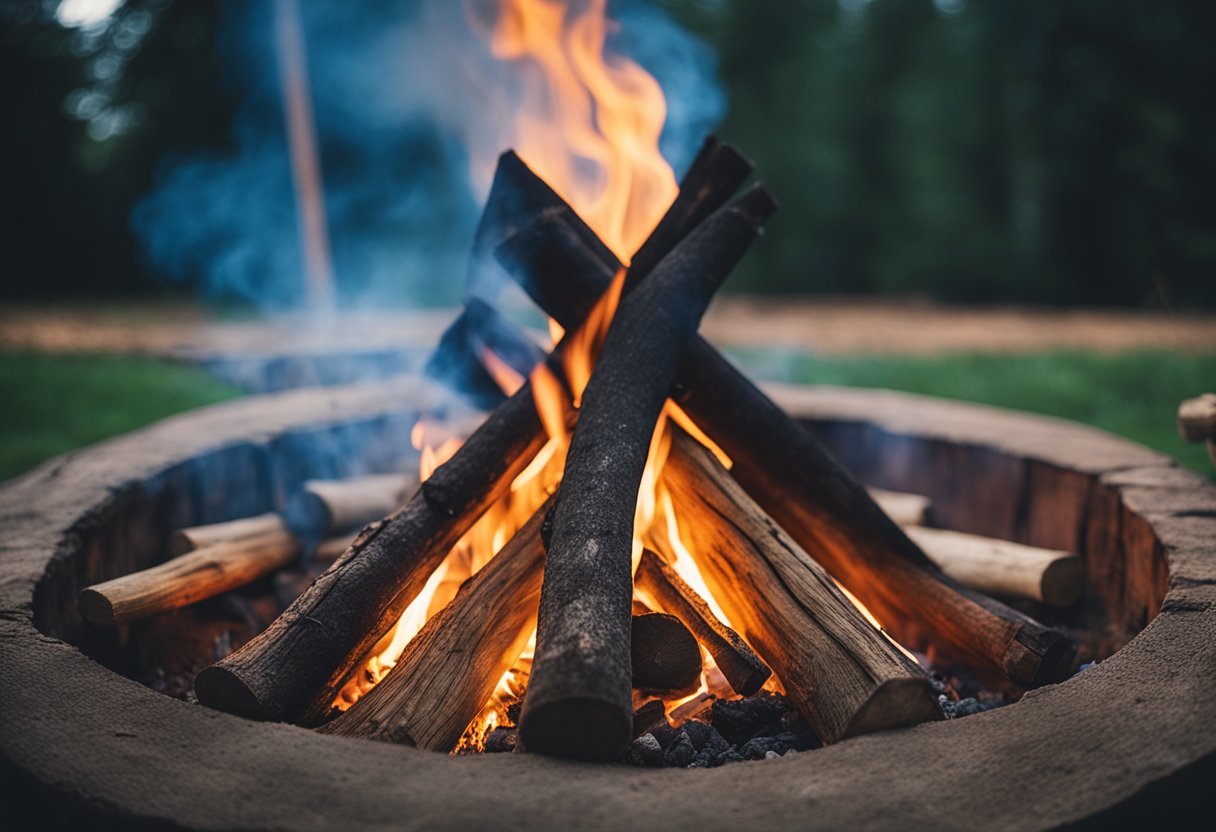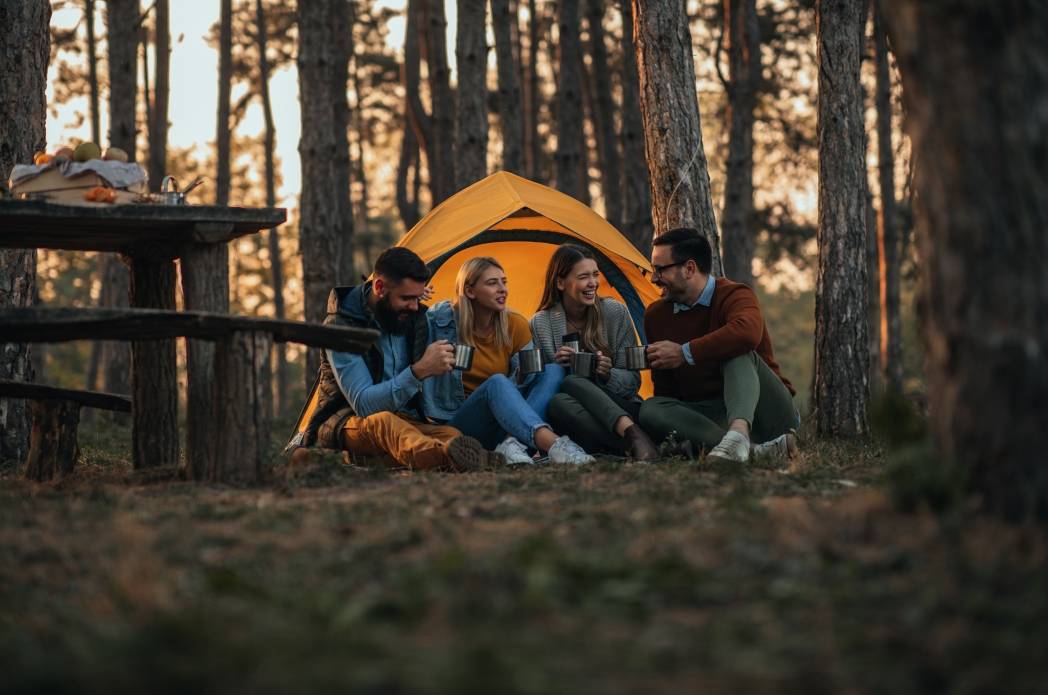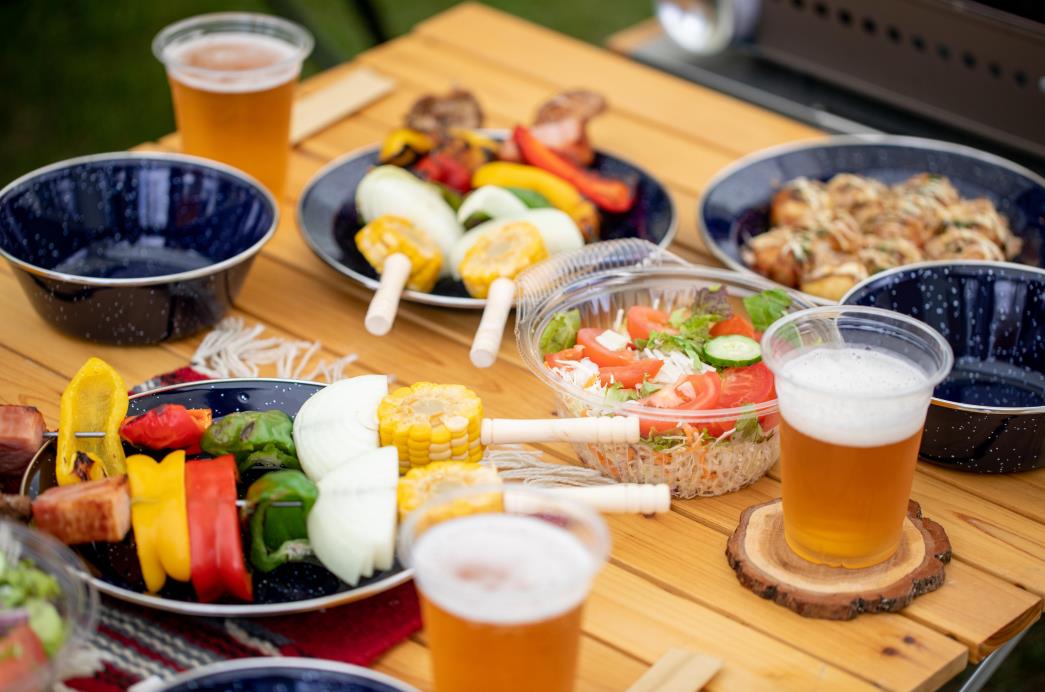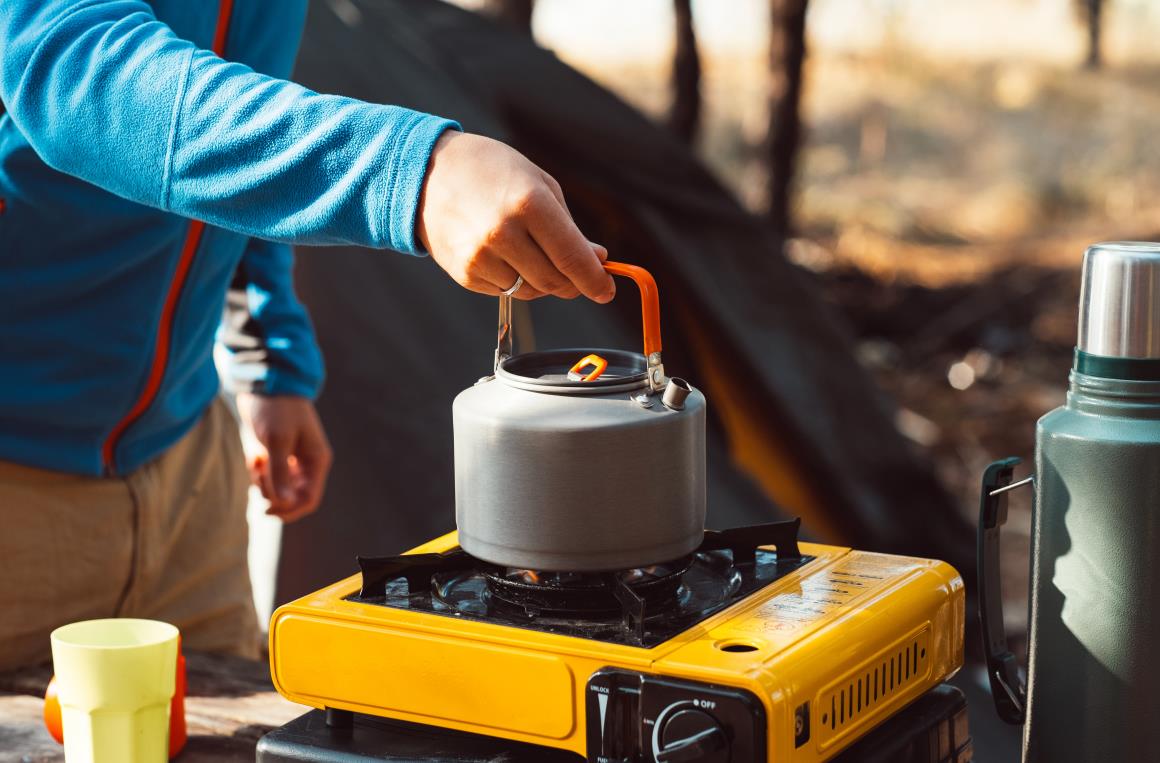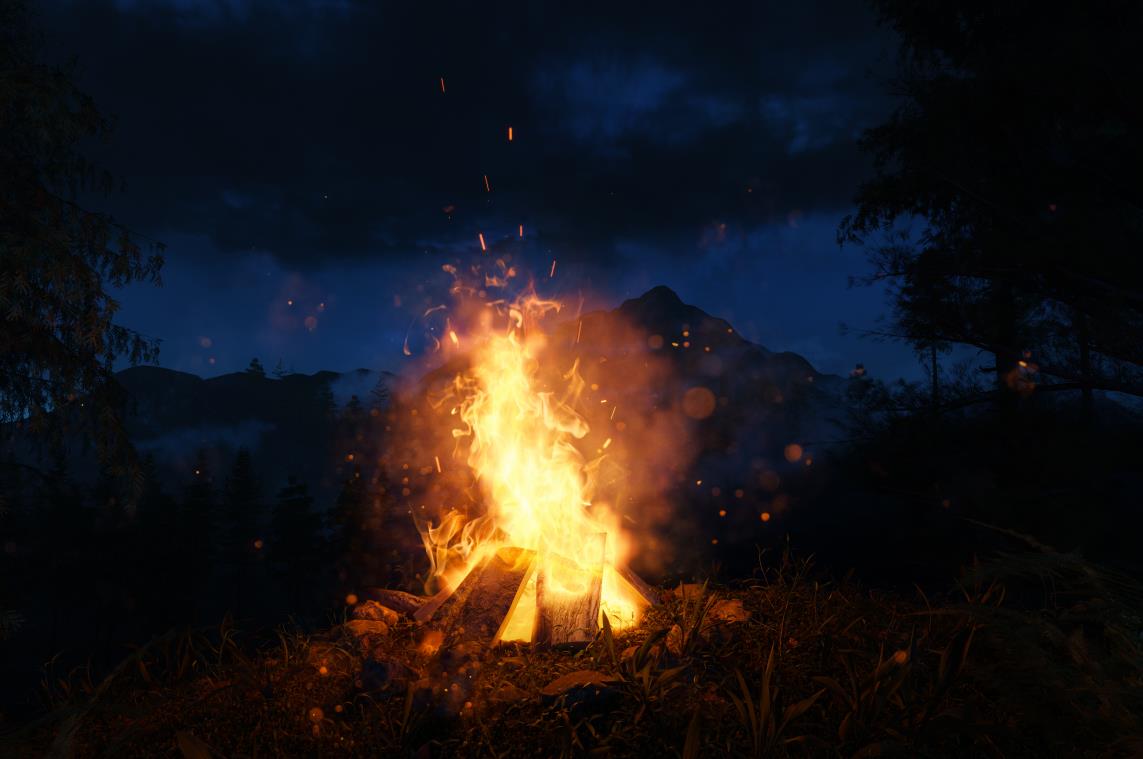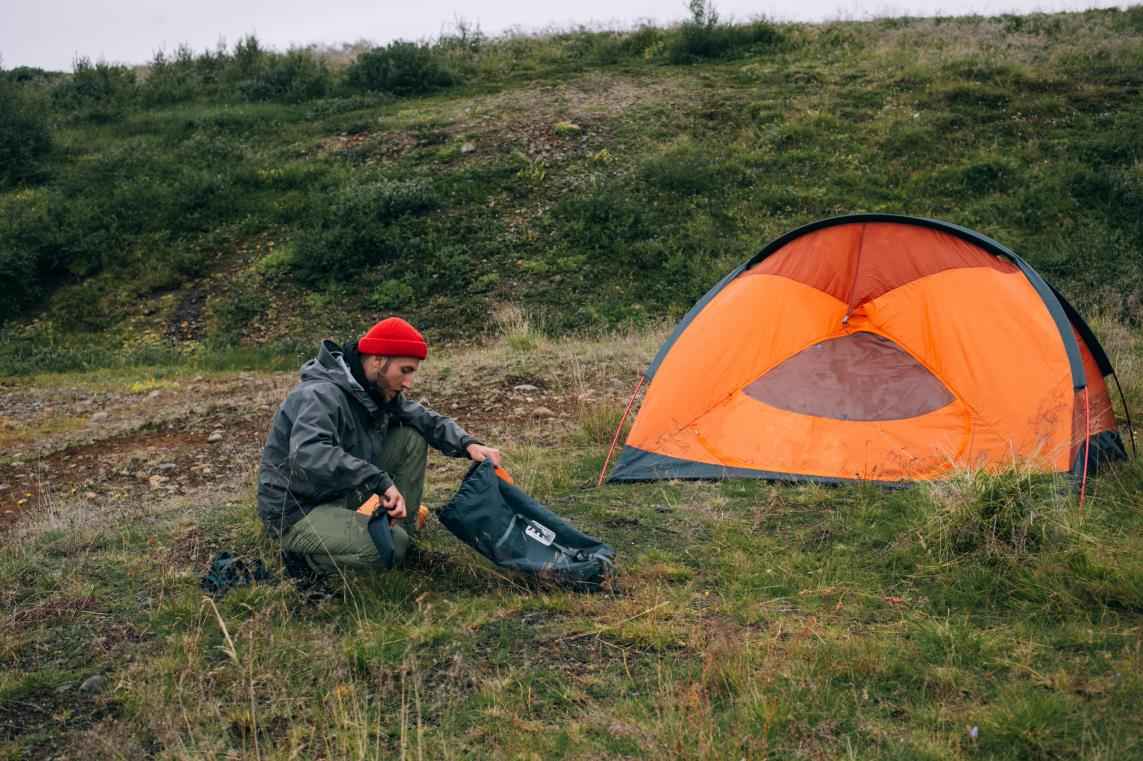A successful camping trip goes beyond just setting up a tent and building a campfire. It requires careful forethought and orchestration. Before you set out, one crucial thing to do is pack nourishing food that can sustain you throughout the trip. Unfortunately, it isn’t as easy as most people think, so how do you go about the entire “packing food for camping” process?
Start by planning your meals and consider the duration and number of people on your trip. Freeze or opt for lightweight, non-perishable foods that are easy to transport and require minimal cooking. We also recommend dividing your meals into portions and packing them in resealable bags or airtight containers to prevent leaks and spoilage.
Throughout this article, we’ll provide valuable insights and practical tips on how to pack food for camping. With this information, you can optimize your meal options, minimize waste, and ensure a satisfying culinary adventure amidst nature’s serene backdrop.
Here’s how to go about it:
Table of contents
Consider space and budget
Unless you have a large car trunk that can carry lots of food, it’s important to consider the space the food will occupy. To make the most of the cramped space in your backpack or cooler, you should select compact and lightweight food items. A good idea is to opt for foods you can easily stack over others, like canned goods or vacuum-sealed packages.
Bring essential items based on your needs
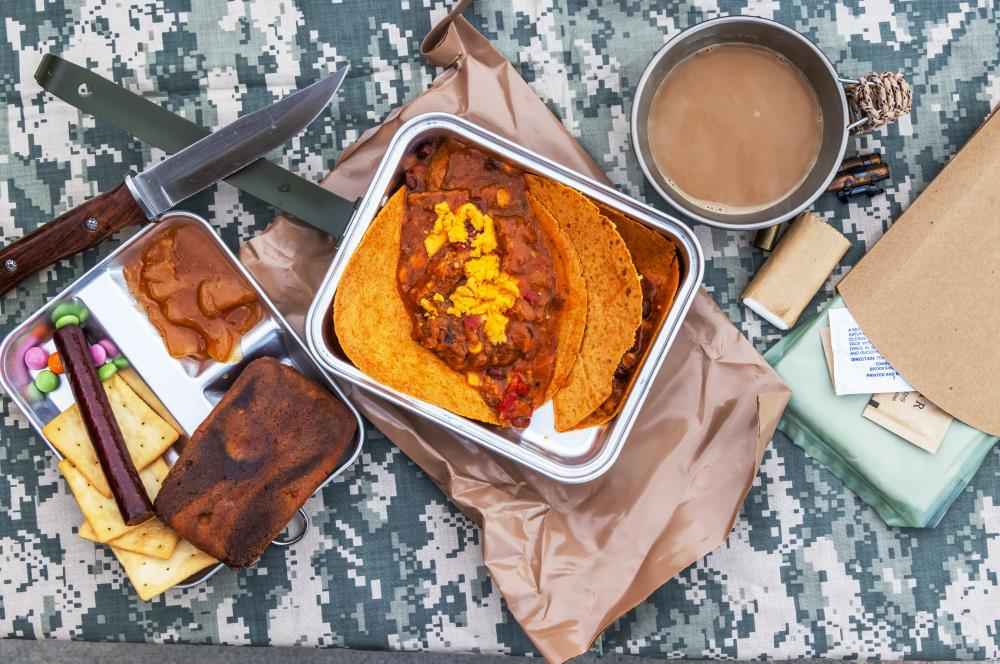
Essential food items are the basic provisions that ensure sustenance, nourishment, and enjoyment while spending time outdoors. These items require careful selection to ensure portability, ease of preparation, and, most importantly, provide the energy and nutrition needed during the trip.
Think of ingredients that can serve multiple purposes. For instance, while flavor and zest are important, you don’t need to bring your entire spice cabinet or a tin full of black pepper. An excellent solution would be to get mixed species in tic tac containers so you have a little of everything.
Other versatile ingredients such as rice, pasta, and quinoa can serve as a base for multiple dishes like salads, soups, and stir-fries.
You can also save so much space by bringing powdered drink mixes that you can reconstitute with water instead of bulky liquid alternatives. Also, instead of carrying whole eggs to prepare for breakfast, you can beat and strain them in a water bottle.
Packing based on your budget
Camping can be extremely expensive, but you can always find cheaper options for most things involved. As such, being mindful of your budget is equally important so you don’t go overboard with your spending.
It’s a good idea to look for cost-effective options, like buying in bulk or choosing store-brand items. For instance, you can prepare your own trail mix or energy bars using inexpensive ingredients like oats, nuts, and dried fruits.
Another cost-saving strategy is to plan meals that utilize leftovers. An example is using leftover bread or tortillas as a base, then topping it with leftover meat and vegetables and baking it over a campfire or on a grill.
If you are camping near a farmers’ market or local produce stands, you can take advantage of the fresh fruits and vegetables. These items often cost less than supermarket alternatives and add variety to your meals. You should also be alert on sales and discounts at grocery stores and consider using coupons and loyalty programs to save money.
Planning camping meals
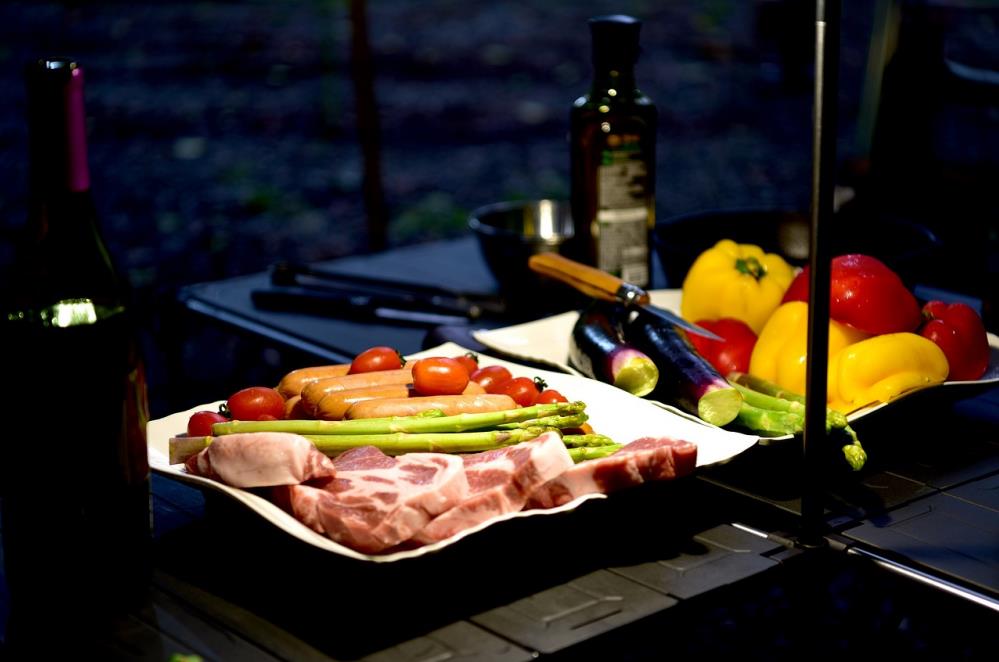
Planning meals for your camping trip is crucial in ensuring a successful outdoor dining experience. This process involves several important considerations, including meal selection, recipe research, dietary restrictions and preferences, and menu planning. It’s always wise to have a backup meal option in case of unexpected changes or emergencies.
Here’s what to do when planning camping meals:
Pick food and equipment based on your plan
Consider the duration of your camping trip, the number of meals you’ll need, and the activities you’ll engage in. These factors will help you establish and determine the most suitable food items and camping cooking equipment.
For shorter camping trips or when you prefer minimal cooking, it’s wise to bring pre-packaged meals, freeze-dried foods, or simple one-pot recipes. These options require minimal preparation, and you can quickly assemble and cook them at the campsite.
Additionally, lightweight and compact camping kitchen essentials, such as a portable stove, a small pot or skillet, and basic utensils, will suffice for these trips.
On the other hand, longer camping adventures may allow for more elaborate meal planning. In this case, you can incorporate fresh, canned, and dehydrated food options. You can use fresh ingredients like fruits, vegetables, and meats for the initial days, while canned goods and dehydrated meals can be backup for later stages when you deplete fresh supplies.
Adjust your food choices accordingly if you plan on engaging in specific activities like fishing or foraging. Bring the equipment for fishing trips and cook freshly caught fish over a campfire or portable grill. When foraging for edible plants, do thorough research in advance and pack appropriate tools for harvesting and preparing wild foods.
Best Camping Kitchen Knives
True cutting power in the palm of your hand
Prepare ahead of time
Taking the time to prepare meals in advance can save you precious time and effort at the campsite. Start by preparing a meal plan and the dietary preferences of your camping party. You can portion out ingredients, chop vegetables and marinate meats beforehand.
If you’re planning meals that require cooking, consider partially cooking certain components before your trip. For example, you can parboil potatoes or pre-cook pasta to shorten the cooking time at the campsite.
Another useful tip is to pre-mix dry ingredients for certain recipes. Pre-measure and combine the dry goods in a zip-top bag or an airtight container if you plan to make pancakes, muffins, or trail mixes. This way, you’ll only need to add the wet ingredients or mix-ins when it’s time to cook.
Freeze food
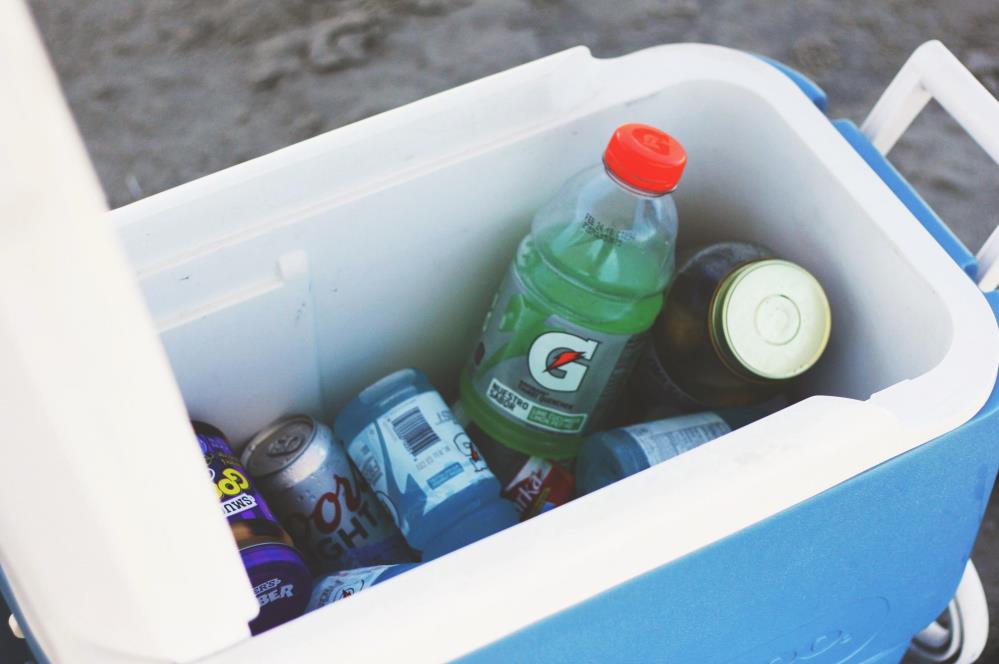
Before your camping adventure, you can freeze meats like chicken, beef, or fish. Place them in airtight freezer bags or wrap them tightly in plastic bags to prevent freezer burn. Freezing the meat not only helps to preserve the quality and taste but also acts as a natural way to keep other perishable foods chilled in your cooler.
Pre-cooked meals are also excellent candidates for freezing. If you plan to make stews, soups, or casseroles, prepare them beforehand, allow them to cool completely, and then portion them into freezer-safe containers. By freezing these meals, you can easily reheat them at the campsite, saving time and effort on cooking while still enjoying flavorful homemade dishes.
Other tips to pack food for camping
Here are some additional tips to pack food for your camping trip:
- Pack in layers: Pack items in layers when organizing your cooler or food storage containers. Start with a layer of frozen food at the bottom, then add a layer of perishable foods, and top it off with more ice. This layering technique helps to maintain a consistent temperature and keeps perishable items colder for longer.
- Pack drinks strategically: Consider using collapsible water bottles or packs to save space and optimize cooling. Pack drinks in a separate cooler or insulated bag to avoid frequent opening and closing of the food cooler, which can lead to temperature fluctuations. You can freeze some beverages beforehand to serve as refreshing ice-cold drinks as they gradually thaw.
- Label and mark perishable items: Clearly label and mark perishable items with the date of packing to help you prioritize their use and avoid consuming spoiled food. Labeling meals or ingredients that require specific cooking or handling instructions is also a good practice, ensuring that you’re prepared and aware of any special requirements.
- Minimize waste and pack eco-friendly: Avoid excessive packaging and individually wrapped items. Instead, opt for bulk or larger-sized items and portion them out as needed. Pack reusable utensils, plates, and cups to minimize the use of disposable items.
Closing Thoughts
Planning and packing food for camping is essential to ensuring a successful outdoor adventure. By considering factors such as space, budget, and meal prepping ahead of time, you can optimize your camping food experience.
Remember, camping is about simplicity, so embrace the opportunity to disconnect from the bustle of everyday life and enjoy the wonders of nature. One of the few things you’ll need is a sharp camping knife. At HDMD Knives, we specialize in handmade, high-carbon, high-quality kitchen knives. So be sure to look into our store for one that will suit your needs.







